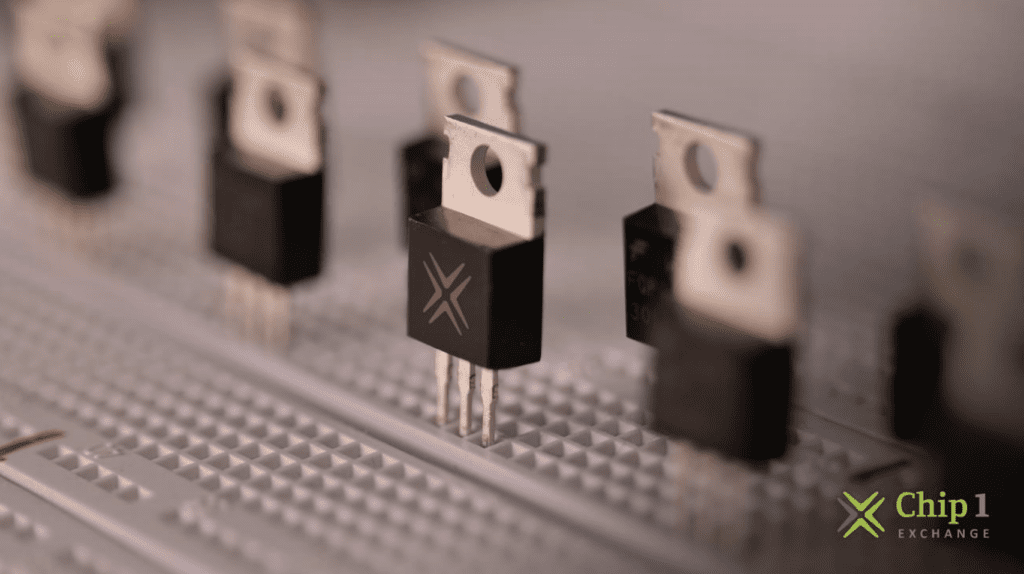Programmable Logic Device
An electronic component known as a programmable logic device, or PLD, is utilized in the construction of digital circuits that may be reconfigured. A PLD, on the other hand, has an undetermined function at the time it is manufactured, in contrast to digital logic, which is built using discrete logic gates that have predetermined functionalities. It is necessary to first program the PLD so that it can carry out the intended function before it can be employed in a circuit. When compared to fixed logic devices, programmable logic devices make the design of complex logic simpler and have the potential to give improved performance. When a PLD is programmed, the connections that are made between the device’s gates are altered, in contrast to the programming of microprocessors.
PLDs have an array of configurable logic blocks (CLBs) and input/output blocks (IOBs). Each CLB contains logic gates and flip-flops and can be configured to perform a variety of Boolean logic functions. IOBs are used to transfer data and control signals to and from the PLD. PLDs can be programmed using a variety of programming languages, including VHDL, Verilog, and ABEL.
PLDs have many different uses, some of which include the processing of digital signals, use in automotive electronics, and control in industrial settings.
Frequently Asked Questions:
What is a programmable logic device?
A programmable logic device (PLD) is an electronic component used to build custom logic circuits without the need for a separate integrated circuit (IC). PLDs are used in a wide variety of applications, including automotive, communications, computing, consumer, industrial, medical, military, and aerospace. PLDs come in a variety of shapes and sizes, but they all have one thing in common: they can be programmed to perform a specific function.
What are the benefits of using a programmable logic device?
Programmable logic devices have a number of advantages over traditional ASICs (ApplicationSpecific Integrated Circuits). They are more flexible and can be reprogrammed to change the functionality of the device. This allows for a single device to be used in a variety of different applications, which is not possible with an ASIC. In addition, PLDs are less expensive to design and manufacture than ASICs. They also have shorter lead times, so they can be designed and manufactured faster.
How are programmable logic devices programmed?
Programmable logic devices (PLDs) are a type of integrated circuit (IC) that can be programmed to perform a range of logic functions. PLDs are used in a wide variety of applications, from simple logic gates to complex digital systems. PLDs are programmed using a hardware description language (HDL), such as Verilog or VHDL. HDL is used to describe the logic functions of the PLD in terms of a series of logic gates.
CHIP 1 EXCHANGE PRODUCTS AND SERVICES
Chip 1 Exchange distributes electronic and semiconductor components from its extensive list of partner suppliers and manufacturers. We work toward timely delivery of quality products to our clients. We, in Chip 1 Exchange, aims to deliver quality products and highest customer service and assistance for our clients. We maintain high quality evaluation of our products while helping our clients with the electronic components requirements.

